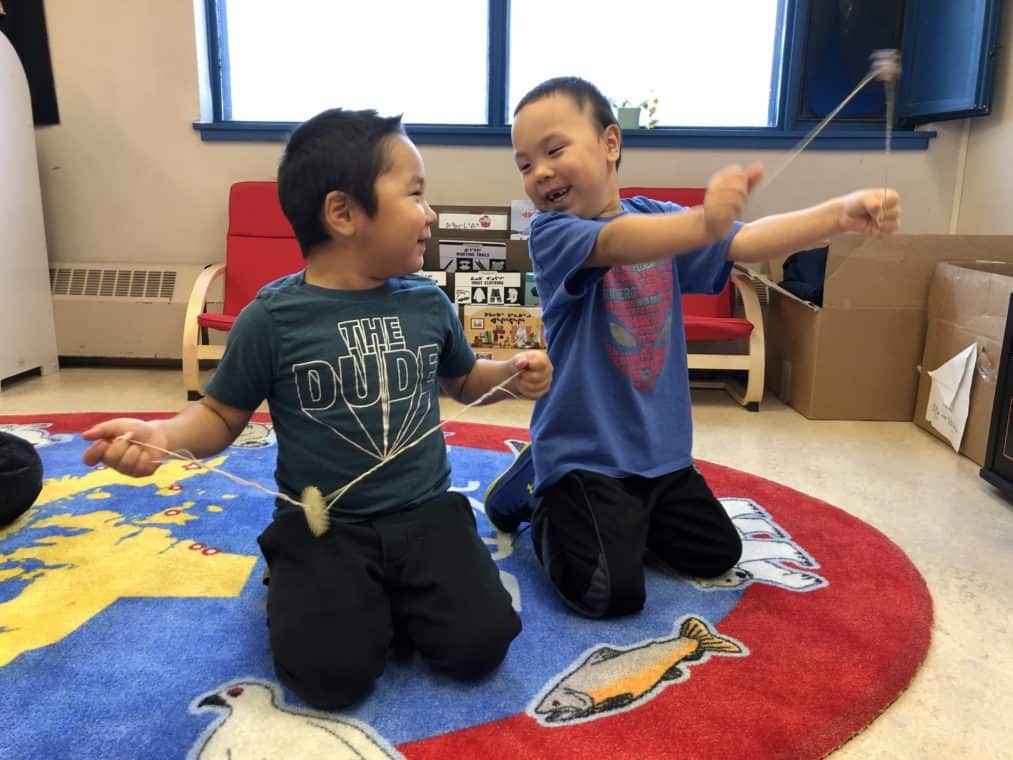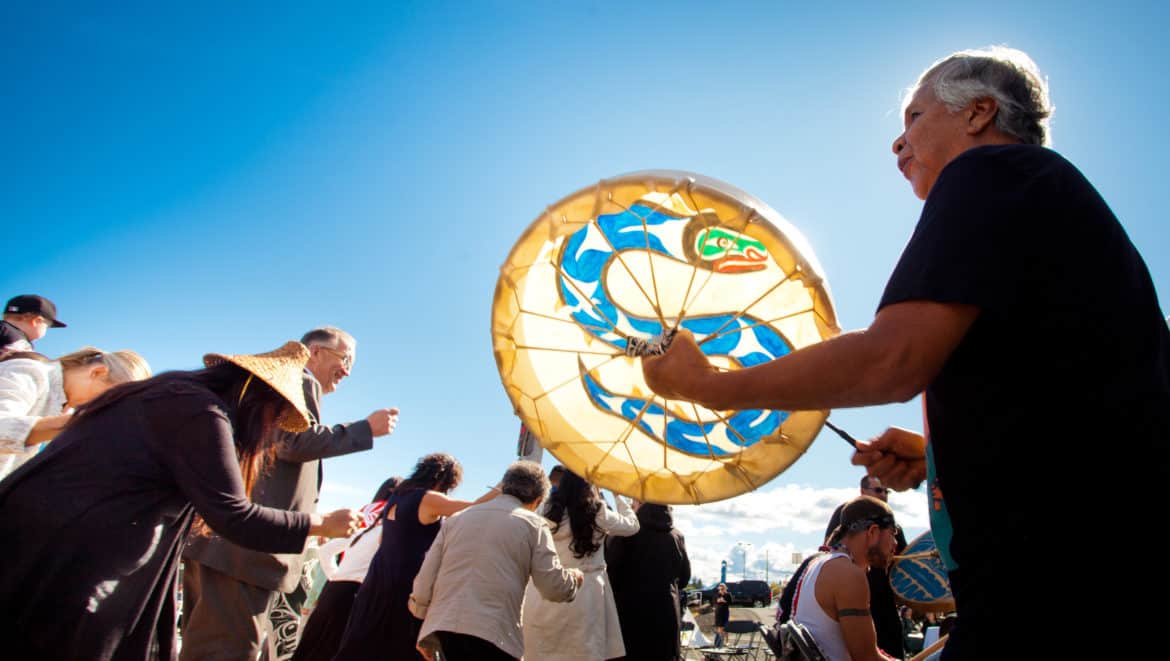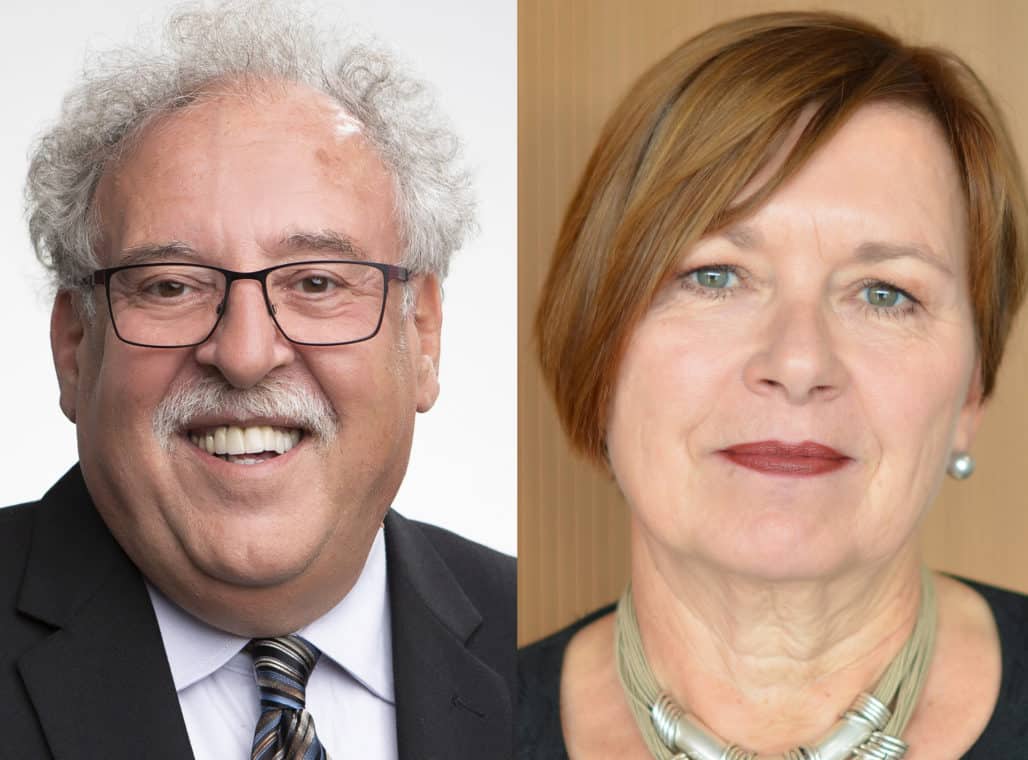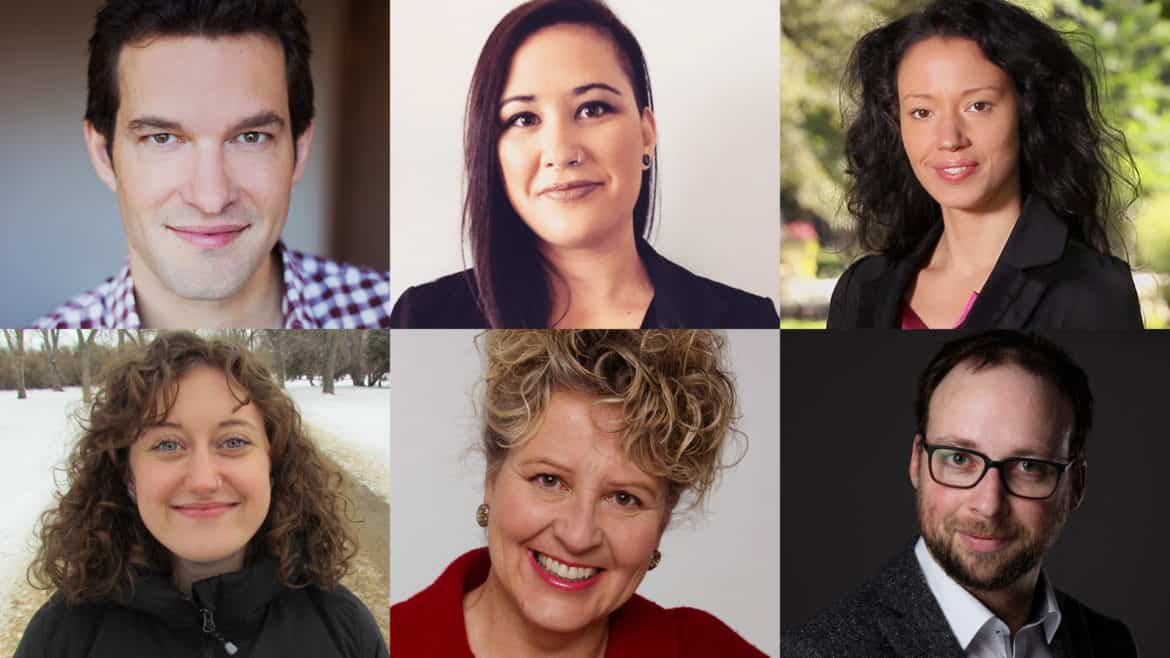Toward inclusive education: Challenges and strategies in student awards
Bursaries and student awards remove barriers for those who have often been excluded from higher education. But it is important to examine the impact of these efforts, both positive and negative, write Nicole McVan and Tanya Rumble, and continuously work to improve the approach.




